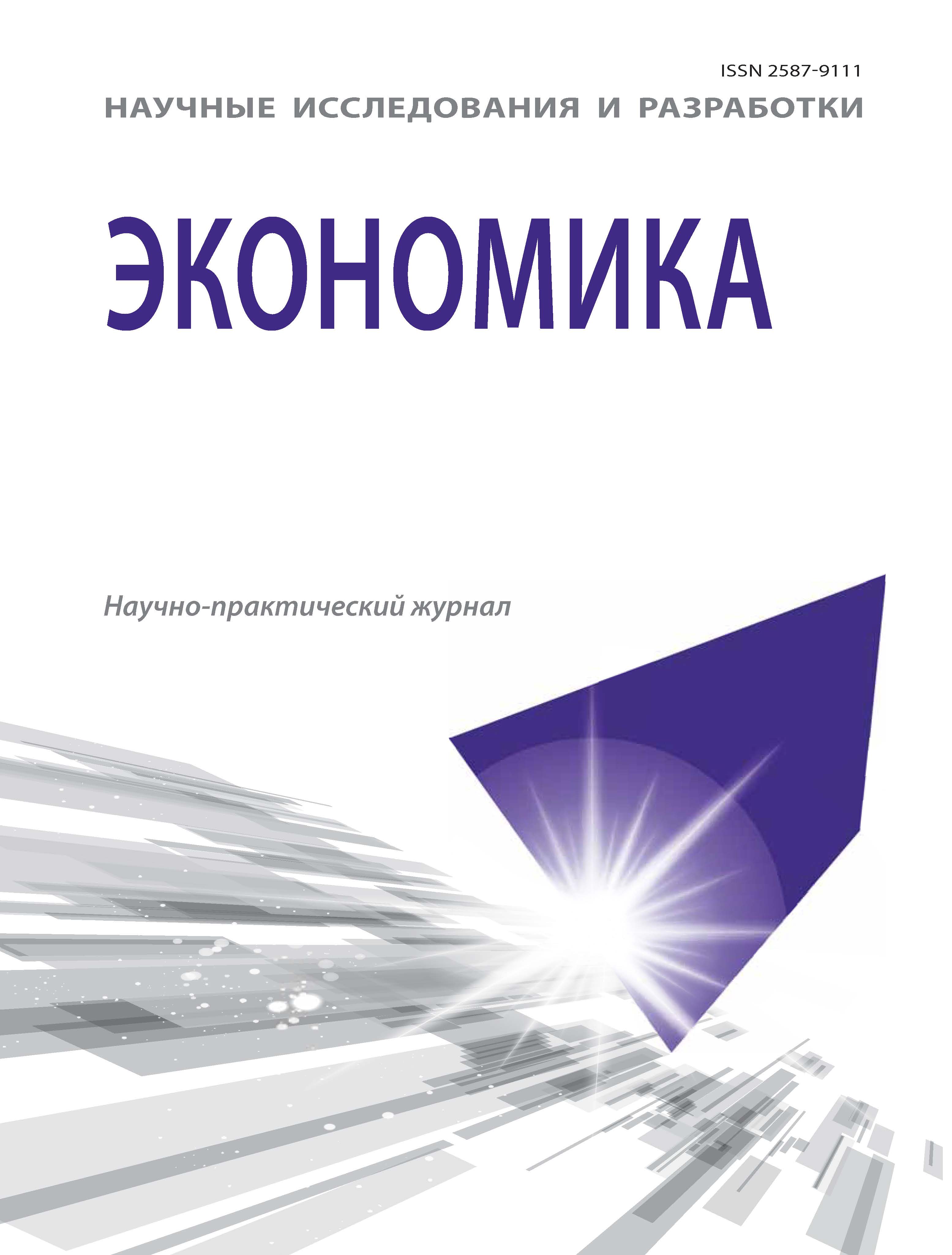Tula, Tula, Russian Federation
Tula, Tula, Russian Federation
The estimates of the duration of Kondratyev cycles in countries with different levels of technical and economic development are obtained. The regularity of the reduction in the duration of Kondratieff cycles are revealed, which increases more, when the corresponding Kondratyev cycle begins to form in them later. For each year of the displacement of the third cycle, the duration of the third cycle reduces by an average of 0.6 years. For each year of the displacement of the 4th cycle, the duration of the third cycle reduces by an average of 0.8 years. In countries — the leaders of the world economy in terms of labor productivity, the reduction in the duration of Kondratyev cycles does not take place. The regularity of reducing the length of Kondratyev cycles justifies the existence of the possibility of accelerated economic development.
Kondratyev cycles, periods, terms of formation, acceleration of development.
Исследования, выполняемые во всем мире, направлены на формирование политики, способной ускорить технико-экономическое развитие, на создание инструментов управления инновационным развитием экономических систем.
1. Basovskiy L.E., Basovskaya E.N. Postindustrial’nye uklady v ekonomike Rossii [Post-industrial structures in the Russian economy]. Moscow, INFRA-M Publ., 2017.
2. Glaz’ev S.Yu. Teoriya dolgosrochnogo tekhniko-ekonomicheskogo razvitiya [The theory of long-term technical and economic development]. Moscow, VlaDar Publ., 1993.
3. Glaz’ev S. Strategiya operezhayushchego razvitiya rossiyskoy ekonomiki v usloviyakh global’nogo krizisa [The strategy of outstripping development of the Russian economy in the conditions of the global crisis]. Moscow, Ekonomika Publ., 2010.
4. Kasti D. Ekstremal’nye sobytiya kak determinanty shestoy Kondrat’evskiy volny [Extreme events as determinants of the sixth Kondratiev wave]. Forsayt [Foresight]. 2013, V. 7, I. 1, pp. 58-71.
5. Maevskiy V. Vvedenie v evolyutsionnuyu makroekonomiku [Introduction to evolutionary macroeconomics]. Moscow, Yaponiya segodnya Publ., 1997.
6. Sadovnichiy V.A. Akaev A.A., Korotaev A.V., Malkov S.Yu. Modelirovanie i prognozirovanie mirovoy dinamiki [Modeling and forecasting of world dynamics]. Moscow, ISPI RAN Publ., 2012.
7. Smirnov A.S. Kakaya real’nost’ stoit za «volnami Kondrat’eva»? Nastoyashchie dlinnye tsikly [What reality is behind the “waves of Kondratieff”? Real long cycles]. Kondrat’evskie volny [Kondratieff waves]. 2014, I. 3, pp. 93-169.
8. Tatarkin A.I., Romanova O.A., Akberdina V.V. (2014). Formirovanie vysokotekhnologichnogo sektora v industrial’nom regione [Formation of a high-tech sector in the industrial region]. Zhurnal novoy ekonomicheskoy assotsiatsii [Journal of the New Economic Association]. I. 2, pp. 195-200.
9. Maddison A. Historical Statistics of the World Economy: 1-2008 AD. Available at: http//www.ggdc.net/maddison/ Historical_Statistics/horizontal-file_02-2010.xls (accessed 25 July 2016).
10. Freeman C. Technical Innovation, Diffusion and Long Cycles of Economic Development. The Long-Wave Debate. Berlin, 1987.
11. Hirooka M. Innovation Dynamism and Economic Growth. A Nonlinear Perspective. Cheltenham, UK; Northampton, MA: Edward Elgar, 2006.
12. Perez C. Technological Revolutions and Financial Capital: The Dynamics of Bubbles and Golden Ages. Elgar Publishing, 2003.






